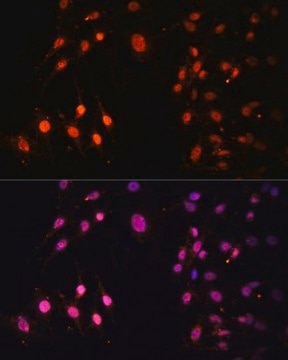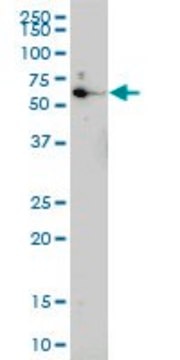MABC1794
Anti-Sulf-2 Antibody, clone 5D5
Synonym(s):
Arylsulfatase, EC:3.1.6.13, Extracellular sulfatase Sulf-2, N-acetylglucosamine-6-sulfatase, hSulf-2
About This Item
Recommended Products
biological source
mouse
Quality Level
antibody form
purified antibody
antibody product type
primary antibodies
clone
5D5, monoclonal
mol wt
calculated mol wt 100 kDa
observed mol wt ~66 kDa
purified by
using protein G
species reactivity
human
packaging
antibody small pack of 100
technique(s)
ELISA: suitable
immunoprecipitation (IP): suitable
inhibition assay: suitable
western blot: suitable
isotype
IgG2bκ
epitope sequence
Unknown
Protein ID accession no.
UniProt accession no.
storage temp.
-10 to -25°C
Gene Information
human ... SULF2(55959)
Specificity
Immunogen
Application
Evaluated by Western Blotting with His/GST-tagged recombinant Human sulfatase 2 (Sulf-2).
Western Blotting Analysis: A 1:250 dilution of this antibody detected His/GST-tagged recombinant Human sulfatase 2 (Sulf-2).
Tested Applications
Inhibition Assay: A representative lot of this antibody inhibited the PDGFRβ-YAP pathway and cholangiocarcinoma (CCA) growth in a murine model. Luo, X., et al. (2021). Hepatology.;74(3):1411-1428.
Western Blotting Analysis: A representative lot detected Sulf-2 in Western Blotting applications (Singer, M.S., et al. (2015). Clin Chim Acta. 440:72-8).
Immunoprecipitation Analysis: A representative lot detected Sulf-2 in Immunoprecipitation applications (Singer, M.S., et al. (2015). Clin Chim Acta. 440:72-8).
ELISA: A representative lot detected Sulf-2 in ELISA applications (Singer, M.S., et al. (2015). Clin Chim Acta. 440:72-8).
Note: Actual optimal working dilutions must be determined by end user as specimens, and experimental conditions may vary with the end user.
Target description
Physical form
Reconstitution
Storage and Stability
Other Notes
Disclaimer
Not finding the right product?
Try our Product Selector Tool.
wgk_germany
WGK 2
flash_point_f
Not applicable
flash_point_c
Not applicable
Certificates of Analysis (COA)
Search for Certificates of Analysis (COA) by entering the products Lot/Batch Number. Lot and Batch Numbers can be found on a product’s label following the words ‘Lot’ or ‘Batch’.
Already Own This Product?
Find documentation for the products that you have recently purchased in the Document Library.
Our team of scientists has experience in all areas of research including Life Science, Material Science, Chemical Synthesis, Chromatography, Analytical and many others.
Contact Technical Service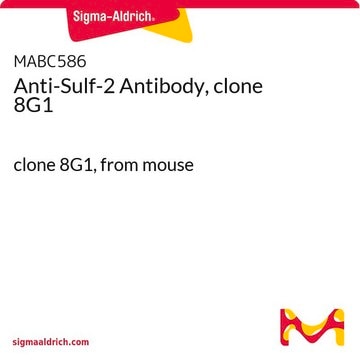

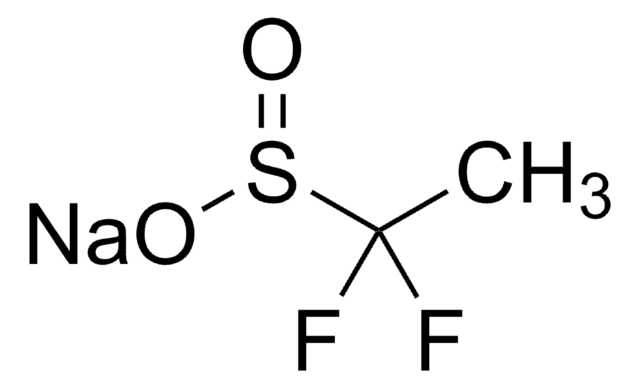
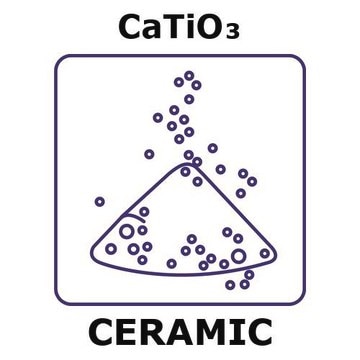
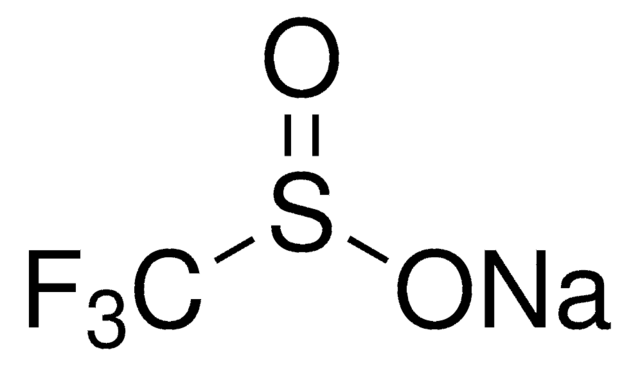
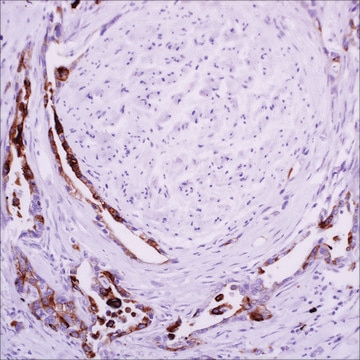
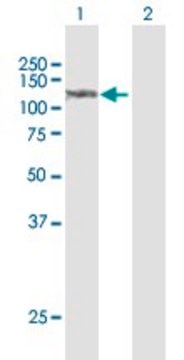
![2,2-Difluoro-2-[1,1,2,2-tetrafluoro-2-(trifluoromethoxy)ethoxy]ethanol AldrichCPR](/deepweb/assets/sigmaaldrich/product/structures/132/777/984bee9a-ffb0-45ef-b658-8deaa752a1c8/640/984bee9a-ffb0-45ef-b658-8deaa752a1c8.png)
